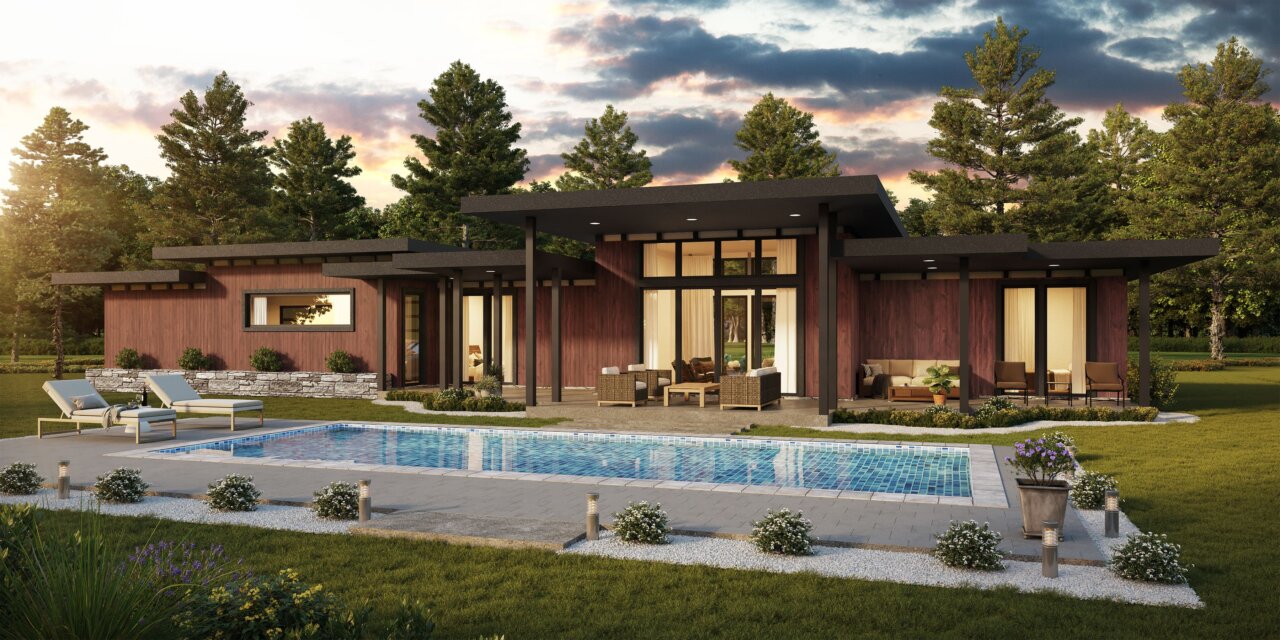

Despite these later renovations, the Kong Family Mansion remains the best preserved Ming-era residential complex of its size. The damaged portions of the mansion were rebuilt two years later the cost of both these 19th-century renovations was covered by the emperor. Even during the fire, men did not dare to enter the women's part of the mansion to fight the fire, leading to greater damage to this portion of the mansion complex. During the Qing Dynasty, the mansion underwent a complete renovation in 1838 only to be damaged in a fire 48 years later that destroyed the women's quarters in 1886.

In 1503, during the reign of the Hongzhi Emperor, the complex was expanded into three rows of buildings with 560 rooms and - like the neighboring Confucius Temple - nine courtyards. In 1377, the mansion was relocated and rebuilt under orders of the first emperor of the Ming Dynasty. The first mansion for the Kong family of the Duke Yansheng was built in 1038 during the Song Dynasty.
#Mansion layout archive#
The mansion houses an archive with about 60,000 documents related to the life in the mansion over a period of 400 years during the Ming and Qing dynasties. Its tallest structure is the 4-story refuge tower ( Chinese: 避 難 樓 pinyin: Bì nán Lóu) that was designed as a shelter during an attack but was never used. Present layout, the mansion comprises 152 buildings with 480 rooms, which cover an area of 12,470 square metres (134,200 sq ft). The western study was used by the family for study, meals, and entertaining friends. The eastern study was used by the Duke of Yansheng to meet official guests and worship his ancestors. Within this overall arrangement, the spatialĭistribution of the buildings according to the seniority, gender, and status of their inhabitants reflects the Confucian principle of order and hierarchy: The most senior descendant of Confucius took up residence in the central of the three main buildings his younger brother occupied the Yi Gun hall to the east. Besides the yamen and the inner quarters, the complex also contains an eastern and a western study as well as a back garden. The layout of the mansion is traditionally Chinese and separates official spaces in the style of a Yamen in the front of the complex from the residential quarters in the rear. The mansion is located immediately to the east of the Temple of Confucius to which it had been formerly connected.


 0 kommentar(er)
0 kommentar(er)
